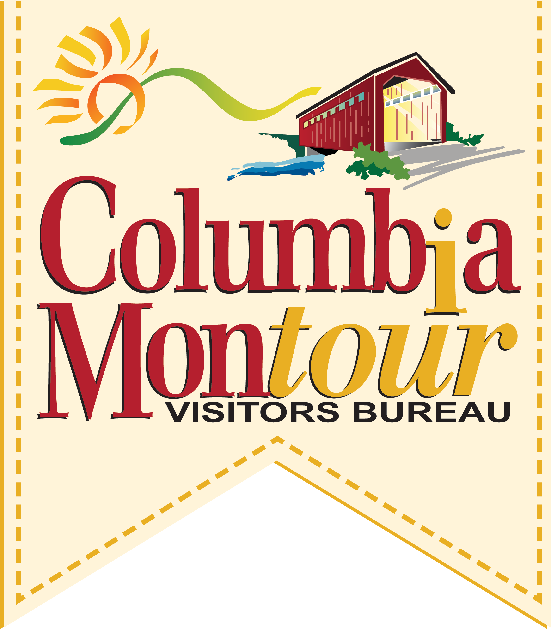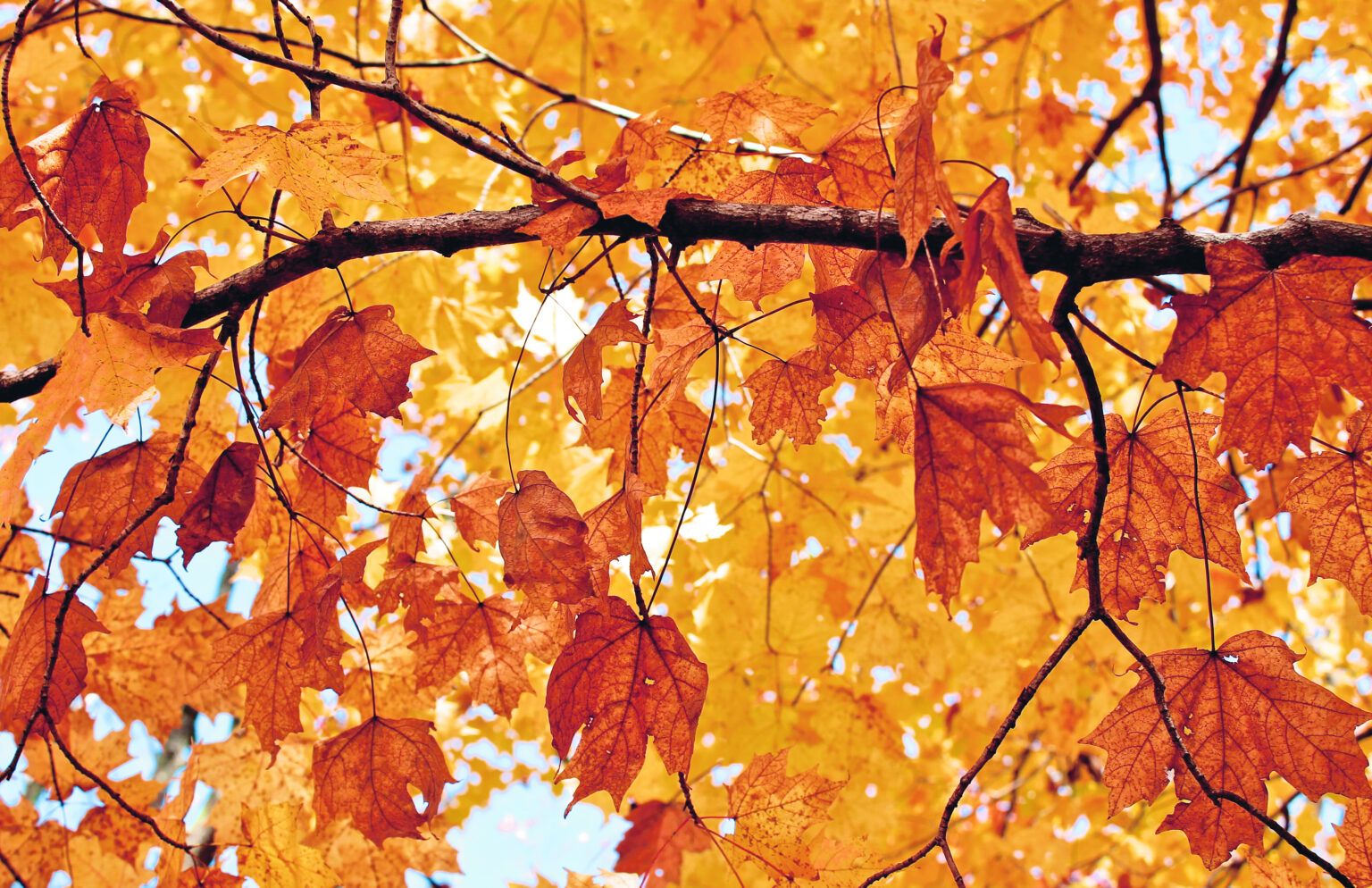Article by Susquehanna Greenway Partnership Staff
As the dog days of summer fade and the season shifts to crisper cooler weather, the verdant greens of the Susquehanna Greenway also transform to the colorful spectrum of fall.
This phenomenon makes it a wonderful time of year to explore the outdoors of our region, but why do leaves changes color in autumn anyway? Why do some keep their foliage while others shed their leaves? What makes them red, orange, or yellow? How do we know if it’s going to be a colorful year?
While you’ve been unpacking those sweaters and scarves, we’ve unpacked these mysteries and more below!
Leaves: To Drop or Not to Drop?
Trees can be divided into two basic categories: deciduous and evergreen. Evergreen trees keep their leaves or needles for multiple years using a waxy coating to prevent the loss of water and an antifreeze to help them resist freezing temperatures. Deciduous trees, on the other hand, loose their leaves entirely each year.
Since the leaves of deciduous broadleaf trees (oaks, maples, dogwoods, etc.) require more water and nutrients than the needles of evergreen trees (pine, spruce, and hemlock), they rid themselves of their costly-to-maintain foliage. As the days become shorter and temperatures drop, the deciduous trees adapt to the rigors of winter by shedding their leaves and reabsorbing the nutrients back into the tree to conserve its resources.
A tree is like a miniature economy, and the large leaves are too costly to maintain during the winter when resources are scarce. But before they drop, we see that wide spectrum of color.
Bright Red
Imagine you are a Sugar Maple deep in the forests along the remote sections of the West Branch Susquehanna River. If the latter part of summer was unseasonably dry, the autumn sky was clear and sunny, and the nights were a chilly 40 degrees – these weather conditions will bring out your brilliant red colors. This is all thanks to a substance known as Anthocyanin, a red pigment produced in the leaves of Sugar Maple trees.
In response to unfavorable weather, this pigment is produced to protect leaves as an antioxidant that repairs damage, a natural sunscreen that shields excess sunlight, and as a defense against the cold and drought. It is also thought to help provide the tree more sugar and other nutrients before the end of the growing season.
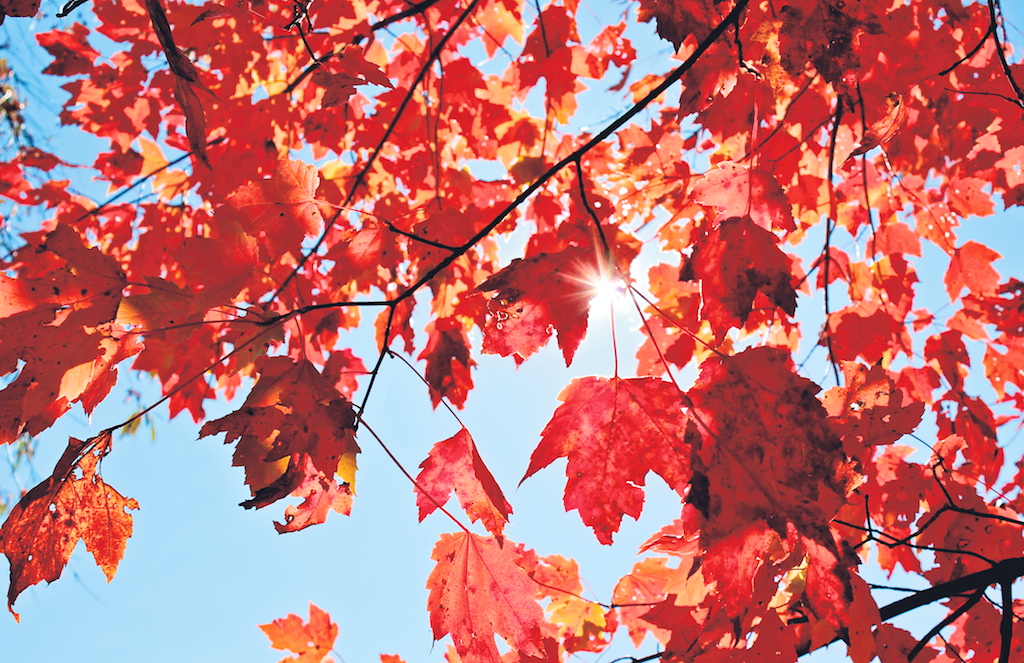
Yellow to Orange
While the Sugar Maples produce brilliant red pigments, other trees such as aspen, birch, and hickory display their yellow and golden hues from the leftover materials in the leaf after the green chlorophyll (a pigment used to make nutrients) has been reabsorbed. This means the yellows come from a lack of green pigmentation that masks the yellows throughout the spring and summer.
In addition, some maples, such as the streamside Silver Maple, add an eye-catching orange to create a yellow to red spectrum across the landscape. The color is caused by the leftover compound beta-carotene, the same chemical that makes carrots orange.
Smoky Gold
Although the broadleaf trees, like maples, tend to lose their leaves, while conifers (cone-bearing trees) keep their needles, there are some exceptions. Tamarack, a conifer tree species native to Pennsylvania, is known for losing its needles annually each fall. The brilliant spectacle was famously observed by 20th Century Naturalist Aldo Leopold who described the fall color of these needles as a beautiful “smoky gold.” It can be found planted in parks and yards, as well as growing wild in forests throughout the state.
Where and When?
The colorful trees mentioned above can be found sporting their fall colors throughout Pennsylvania, from parks and yards in suburban areas to the deeper forested areas of the state. However, the region known as the Alleghany Plateau along the upper West and upper North Branches of the Susquehanna River yields more brilliant red maple forests than anywhere else in Pennsylvania. These thick forests create a sea of unbroken autumnal colors that will make any peeping trip worthwhile.
In Columbia & Montour Counties, some of the best fall foliage viewing will be found in the northern parts of the counties, where the region is more forested. Quiet back roads found to the east and north of Exchange in Montour County all the way up toward Red Rock and Ricketts Glen State Park will be a great place to start. Picturesque rolling hills and farm-filled valleys near Waller and Benton will make for fantastic photography opportunities. For those looking to find a photogenic barn for the foreground of their snapshot, you’ll find it just south of Retherford’s Farm Market on State Route 487.
North of Jerseytown, the dirt covered roads passing through State Gamelands #226 will give you a great chance to see deer and other wildlife. Along your travels, be sure to stop at old Katy’s Church to see a classic example of a rural countryside church. And for an unforgettable view of the valley below, take Teaberry Road heading north to connect with State Route 442.
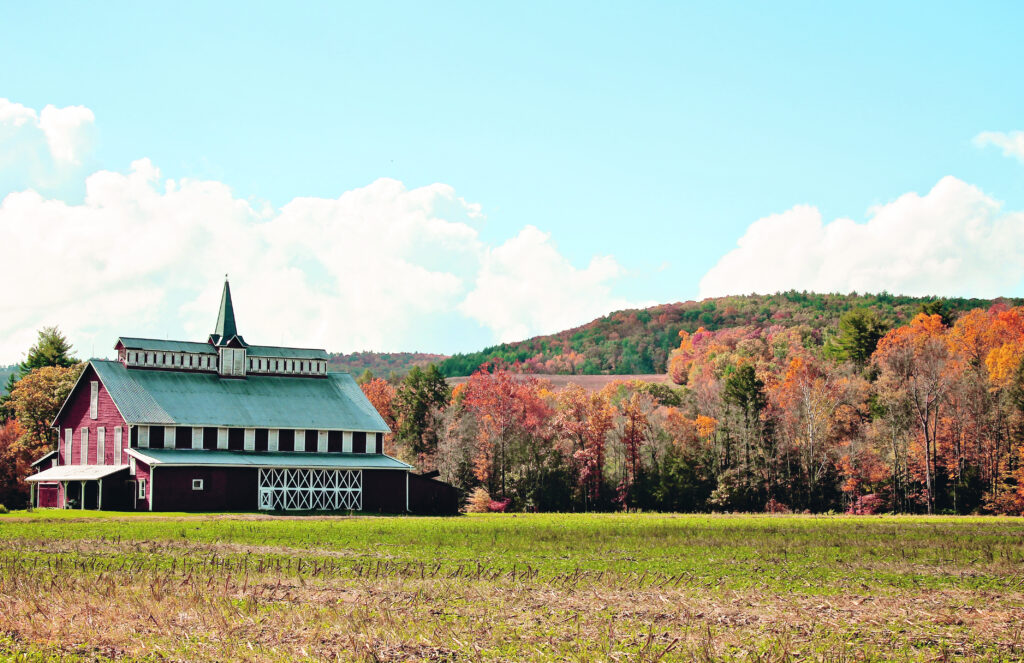
As the year draws into late October, it’s time for the southern parts of the counties to shine. On Sunday, October 23rd, Weiser State Forest – Roaring Creek Tract will continue its annual tradition of opening the Roaring Creek Trail to vehicle traffic for one day only. Visitors may travel the road to enjoy beautiful fall foliage. The trail will be one-way traffic only, and will start on the Route 42 side of the tract and end at the parking area on the Route 54 side. Entrance gates will open from 9:30 AM – 2:00 PM; vehicles must exit the 8-mile trail by 3:00 PM.
And of course, the area’s 25 iconic covered bridges are a MUST see during fall foliage season each year. With about half of the bridges located in the northern parts of the counties and half in the southern ends, there will be plenty of time throughout October and early November to capture the trees’ stunning brilliance alongside the historic wooden spans. To locate each bridge in the counties, request or download a free copy of the Covered Bridges of Columbia & Montour Counties brochure right here.
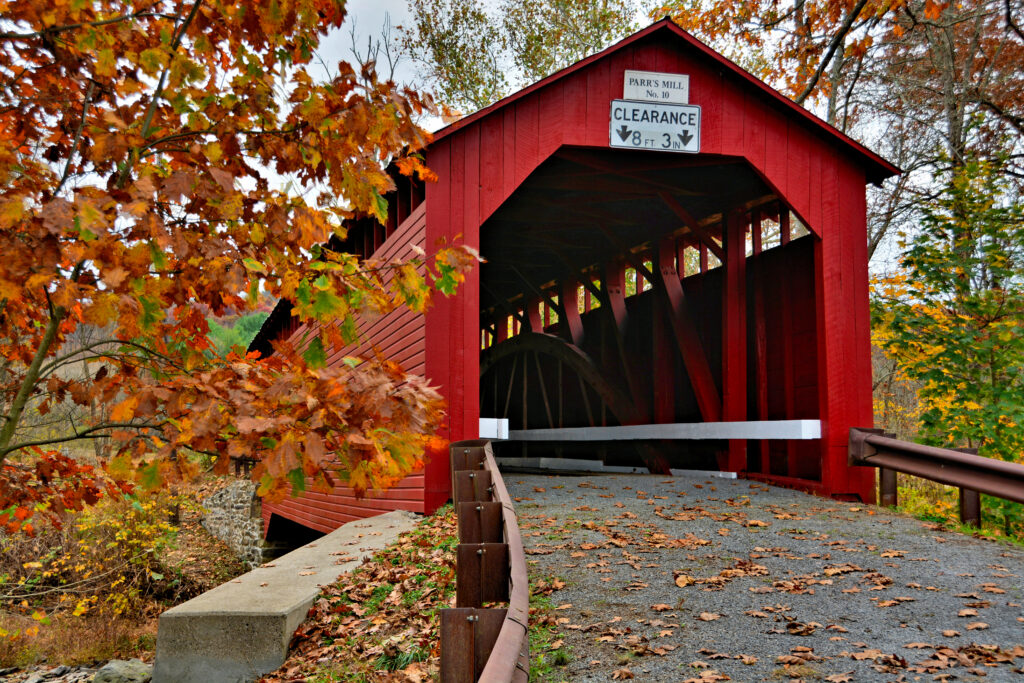
When planning the best time to hit the road hunting for fall foliage, keep an eye on the weather. The consistent dry, sunny days and cool 40-degree nights will turn the Sugar Maples a brilliant, bright red sooner.
For a nifty tool that predicts the foliage nation-wide, look online for the Smoky Mountains Fall Foliage Prediction Map. Be sure to also keep an eye on the Columbia Montour Visitors Bureau & Pennsylvania DCNR’s Facebook pages for weekly fall foliage updates as the season progresses through the the state!
The Susquehanna Greenway Partnership also offers tips on photographing foliage on their website.
